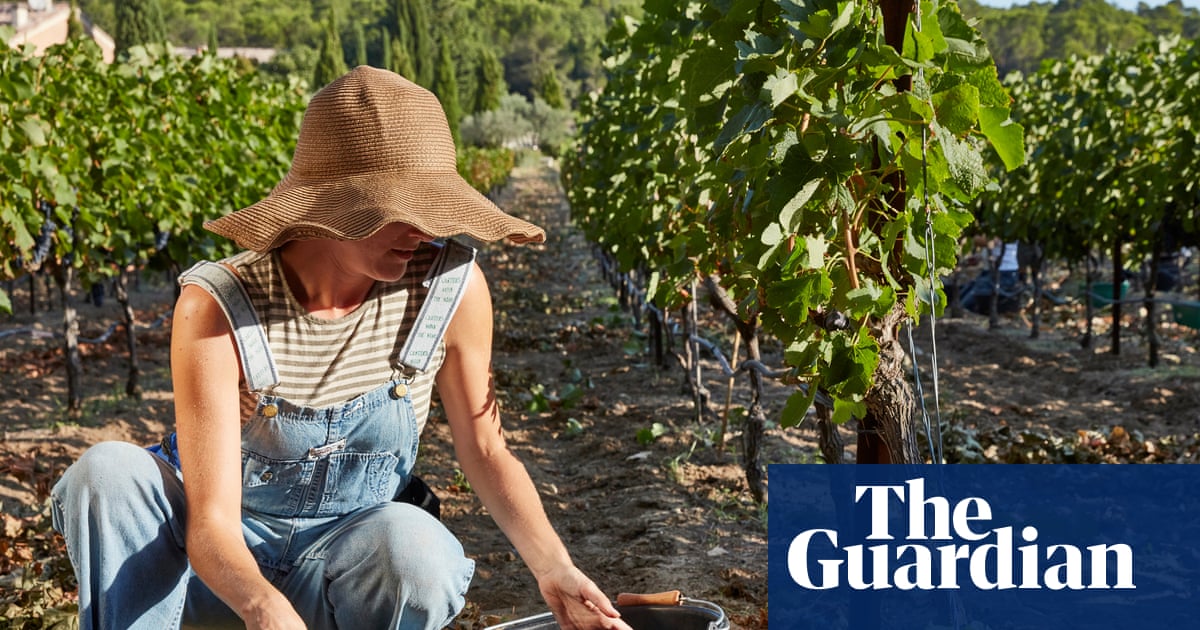
"The wind whips the grapevines, turning my meditative picking stance into a full-body workout. I firmly plant my legs, stabilising a thrashing branch with my left hand as my right snips off a bunch of grapes. Local people claim the roaring mistral wind makes you crazy, which I can appreciate as each arid gust chaps my lips and desiccates my eyes. I'm at Domaine Rouge-Bleu, an organic vineyard in the Cotes du Rhone wine region in southern France."
"I have volunteered for les vendanges, the autumnal grape harvest where backbreaking work is doused in camaraderie. Participating in this time-honoured tradition had long been a dream of mine, a lifelong Francophile and food writer. So, in 2017, eager to understand more about winemaking beyond the bar stool, I joined a motley crew, trading sore arms and farmer tans for a hands-on course in viticulture and viniculture."
"France is one of the top producers of wine worldwide, pouring 4.78bn litres of wine into the market each year. About 59,000 winemakers manage 789,000 hectares (nearly 2m acres) of vineyards. That's a lot of grapes to pick. Since the Greeks first planted vines in France in the sixth century BC, raisins (grapes) have been harvested by hand. Machines arrived in the 1960s for speed and cost efficiency. Yet 30%-40% of French wineries still retain the traditional vendanges a la main (hand-picked harvests)."
Strong mistral winds make grape-picking physically demanding and uncomfortable at organic vineyards such as Domaine Rouge-Bleu in the Cotes du Rhone. Autumnal vendanges combine hard labour with camaraderie, drawing volunteers and professional vendangeurs who often return annually. Hands-on harvesting provides direct education in viticulture and viniculture and a tangible sense of accomplishment. France produces vast quantities of wine—about 4.78 billion litres annually—managed by roughly 59,000 winemakers across 789,000 hectares. Mechanical harvesters emerged in the 1960s for efficiency, yet 30%–40% of wineries continue hand-picking to preserve grape cluster integrity and meet regional quality requirements.
Read at www.theguardian.com
Unable to calculate read time
Collection
[
|
...
]